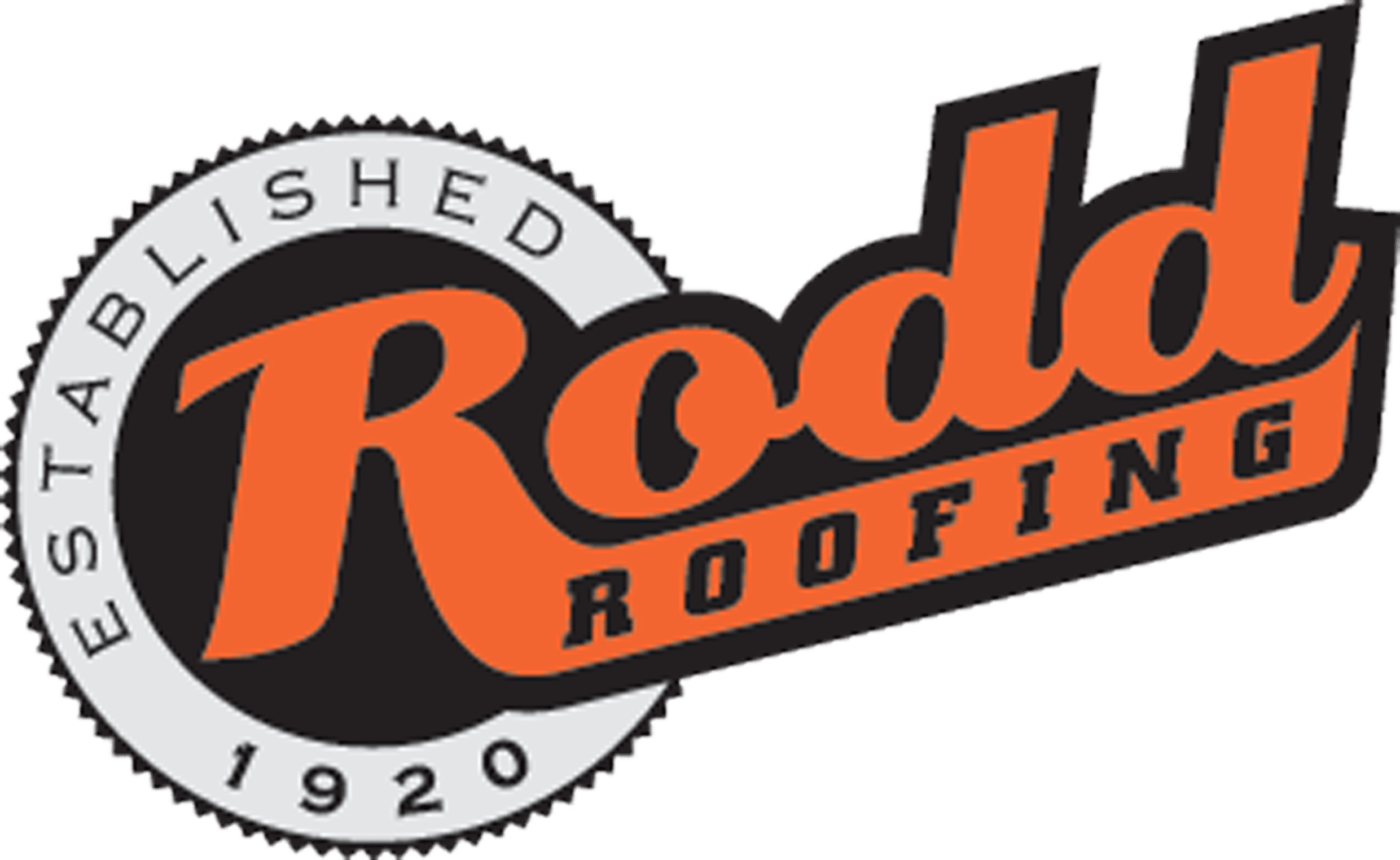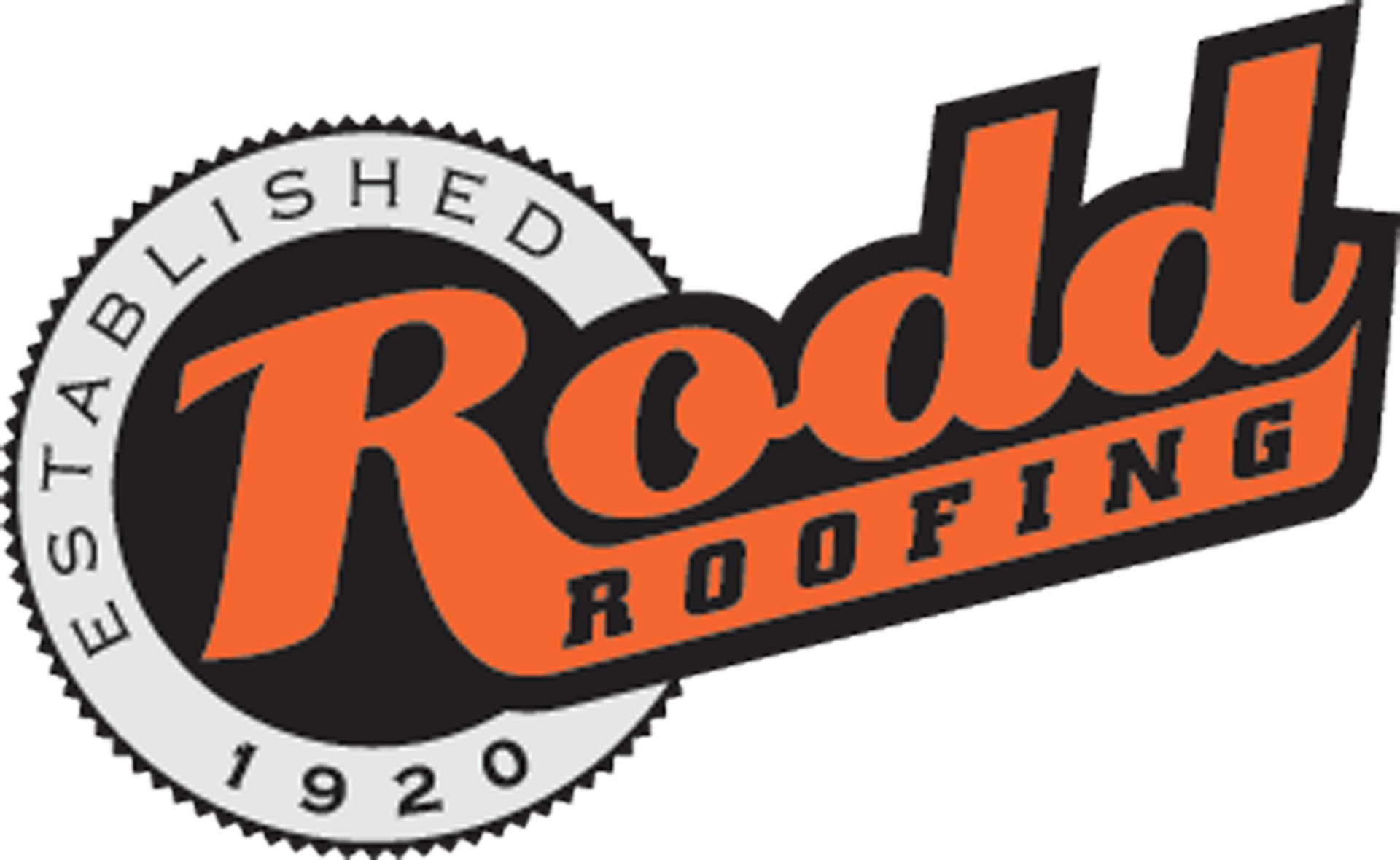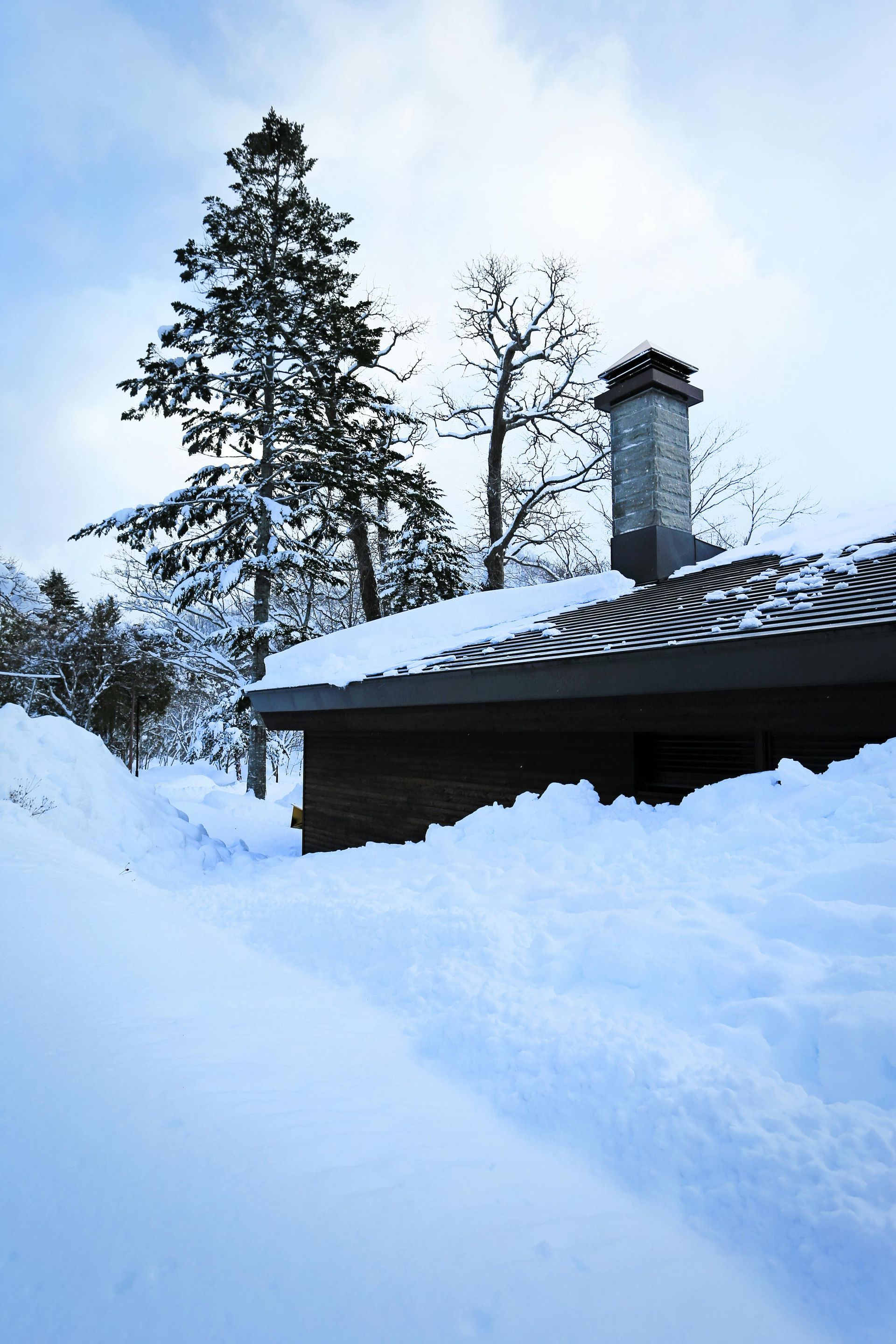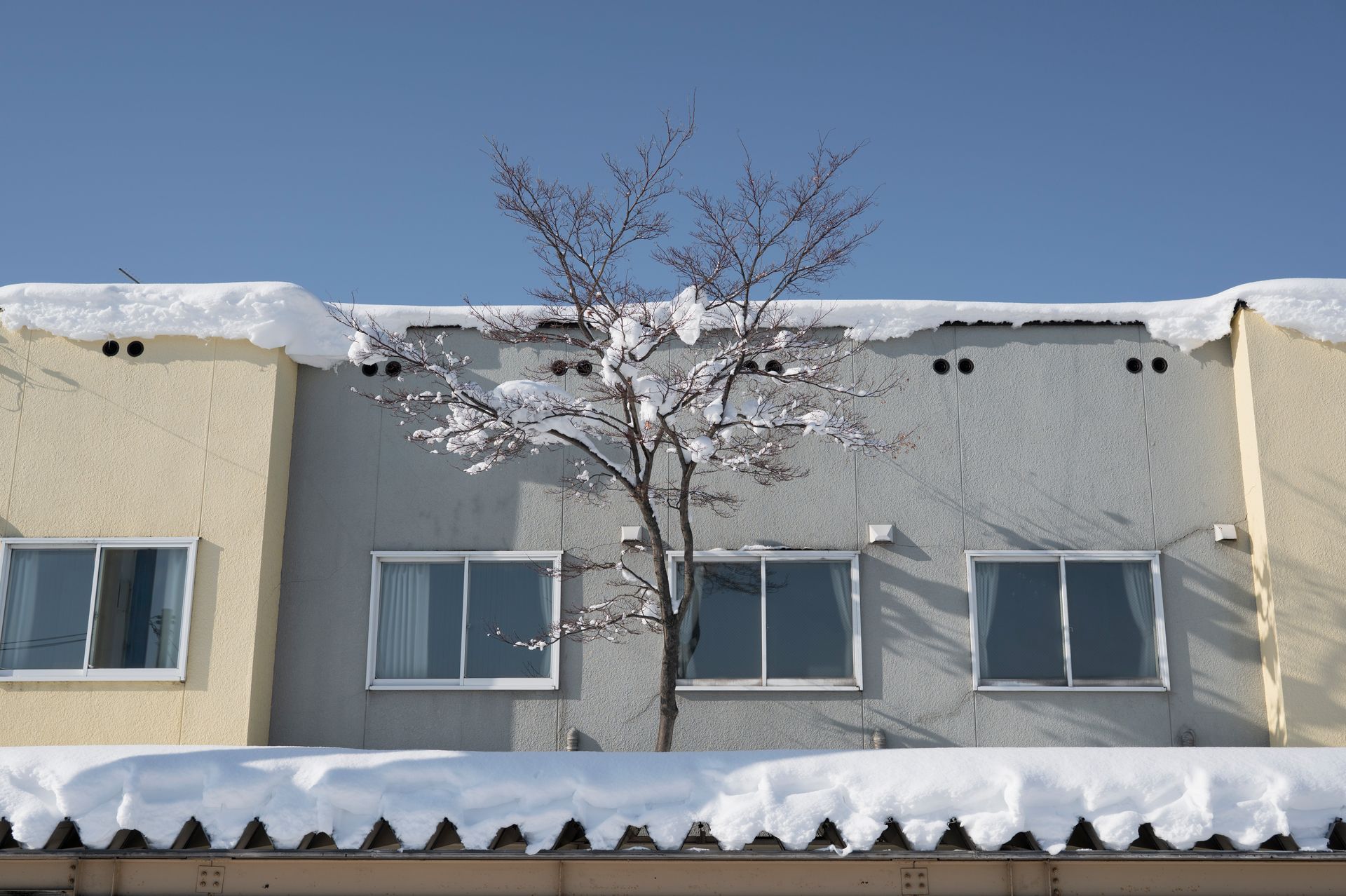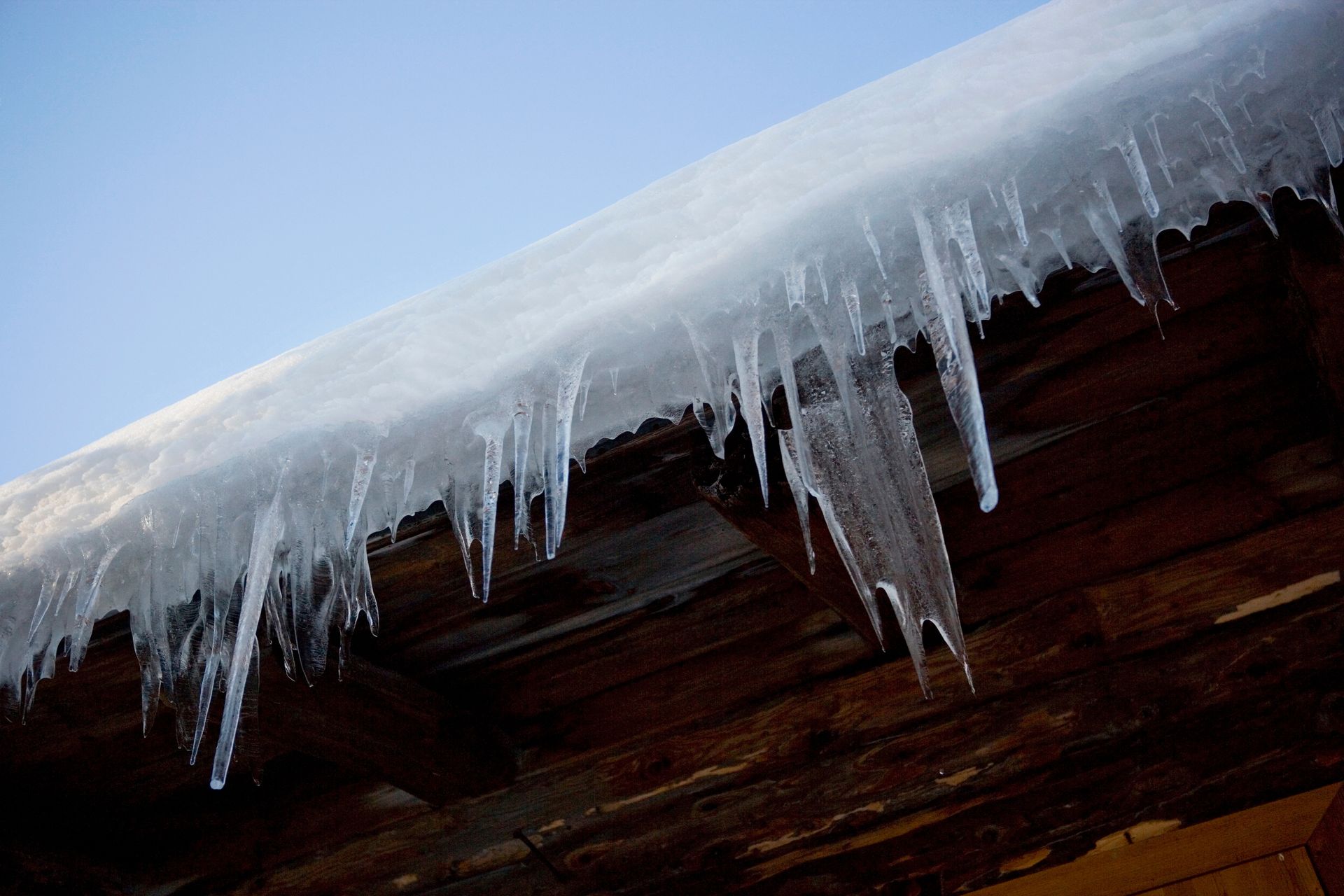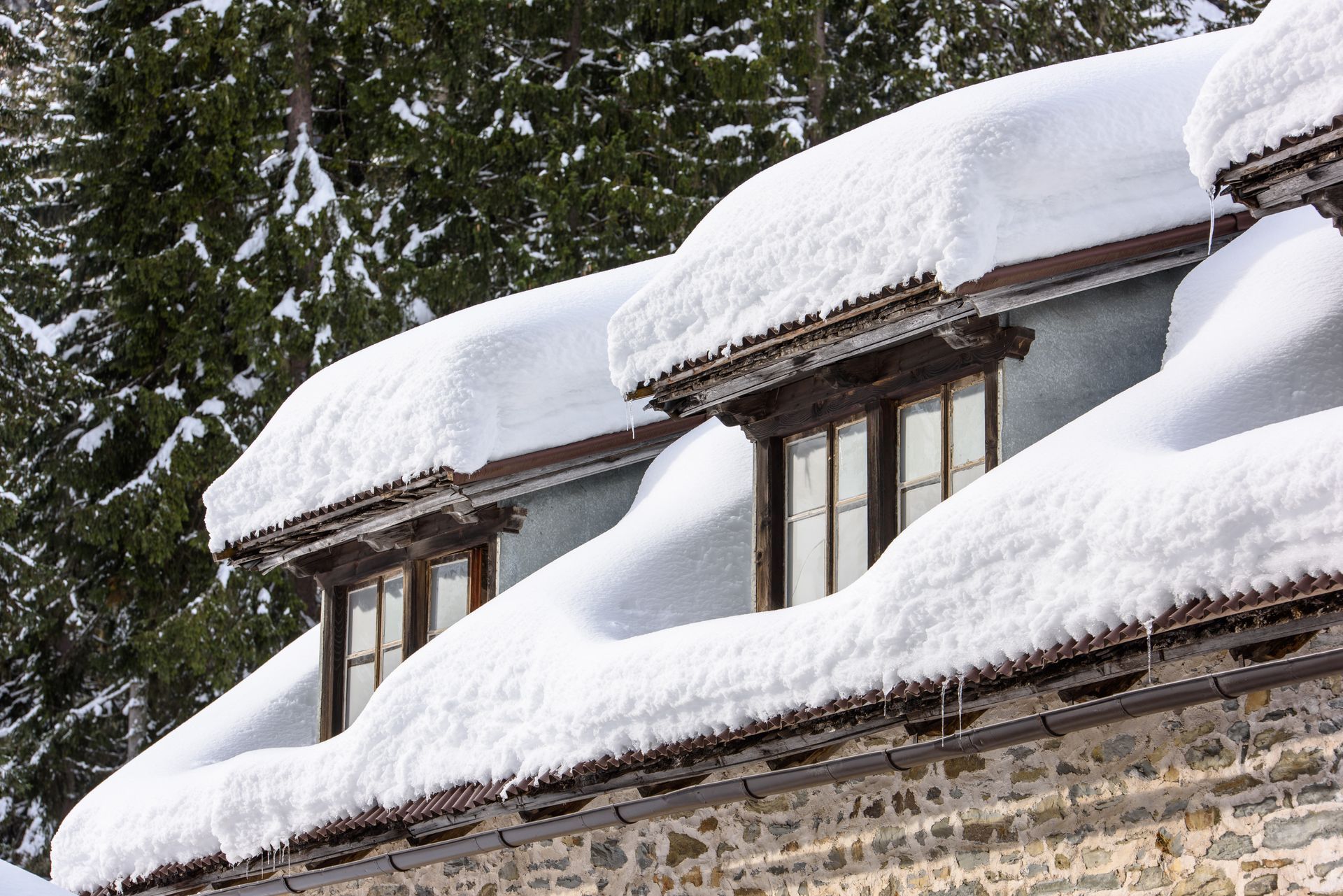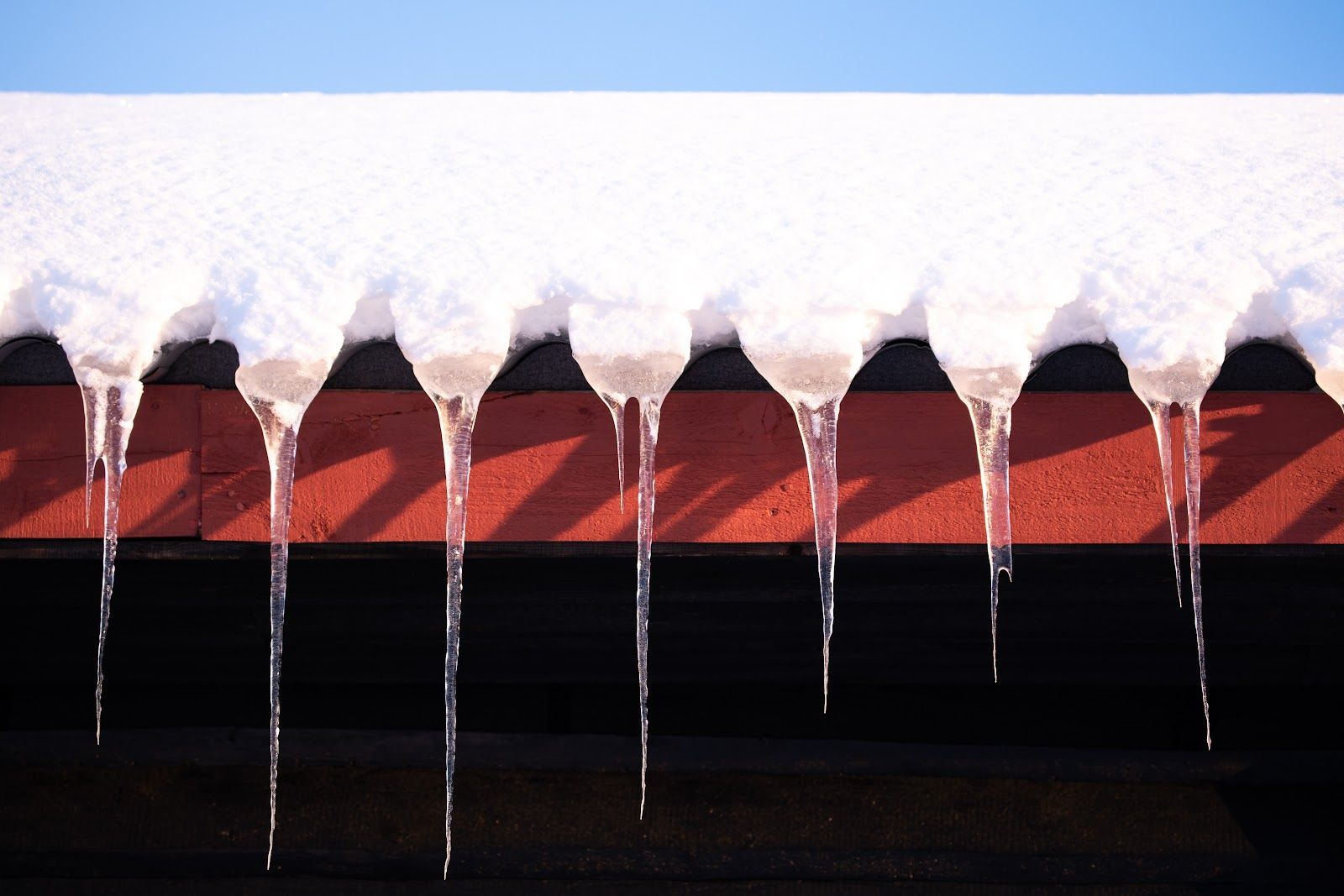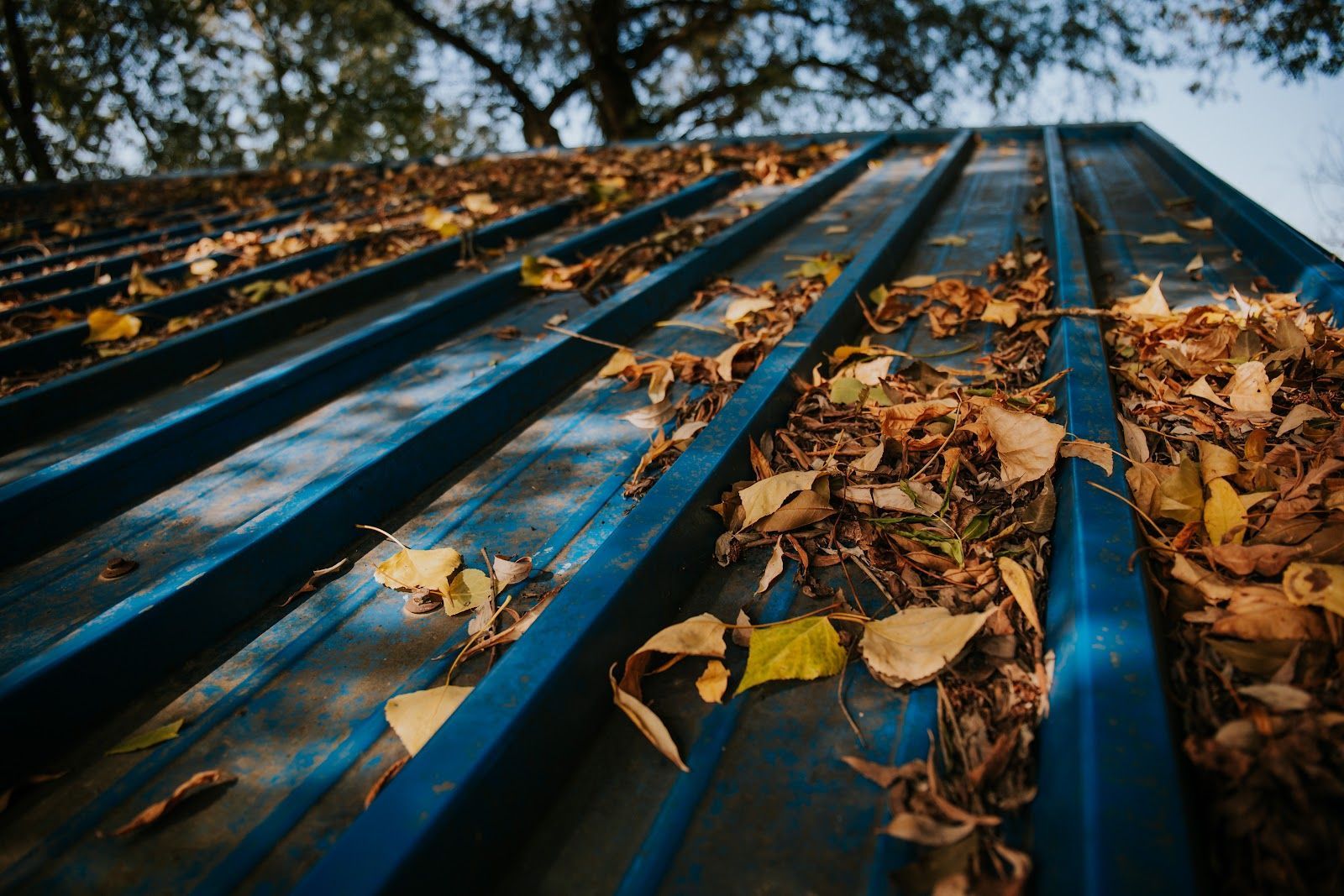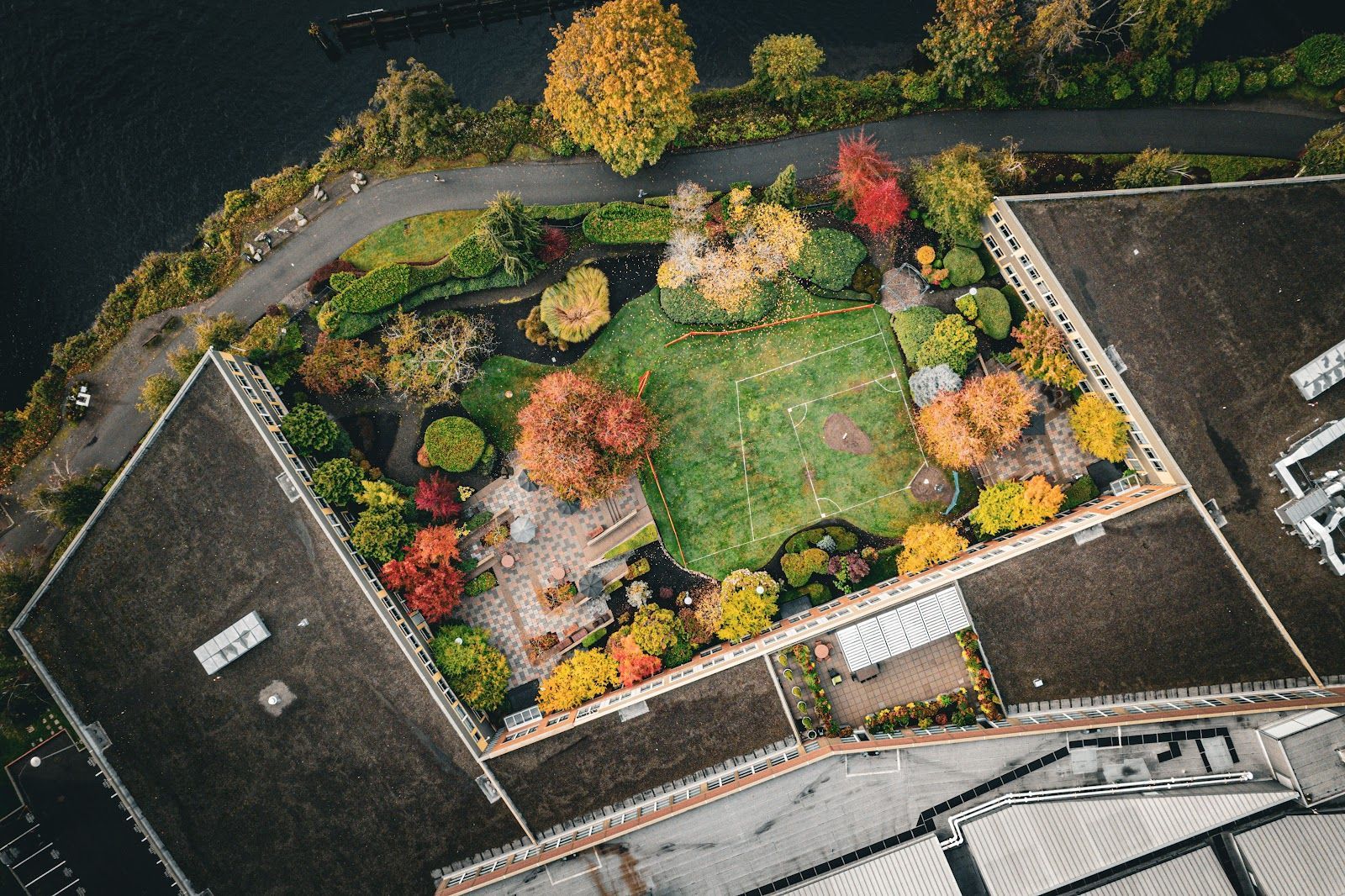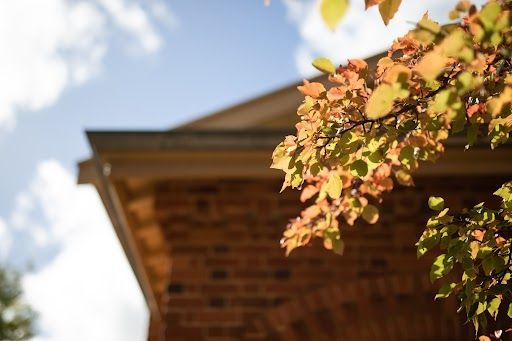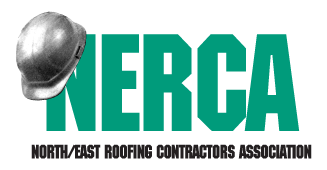Mold & Mildew on Your Roof? Here’s How to Prevent (and Fix) It!
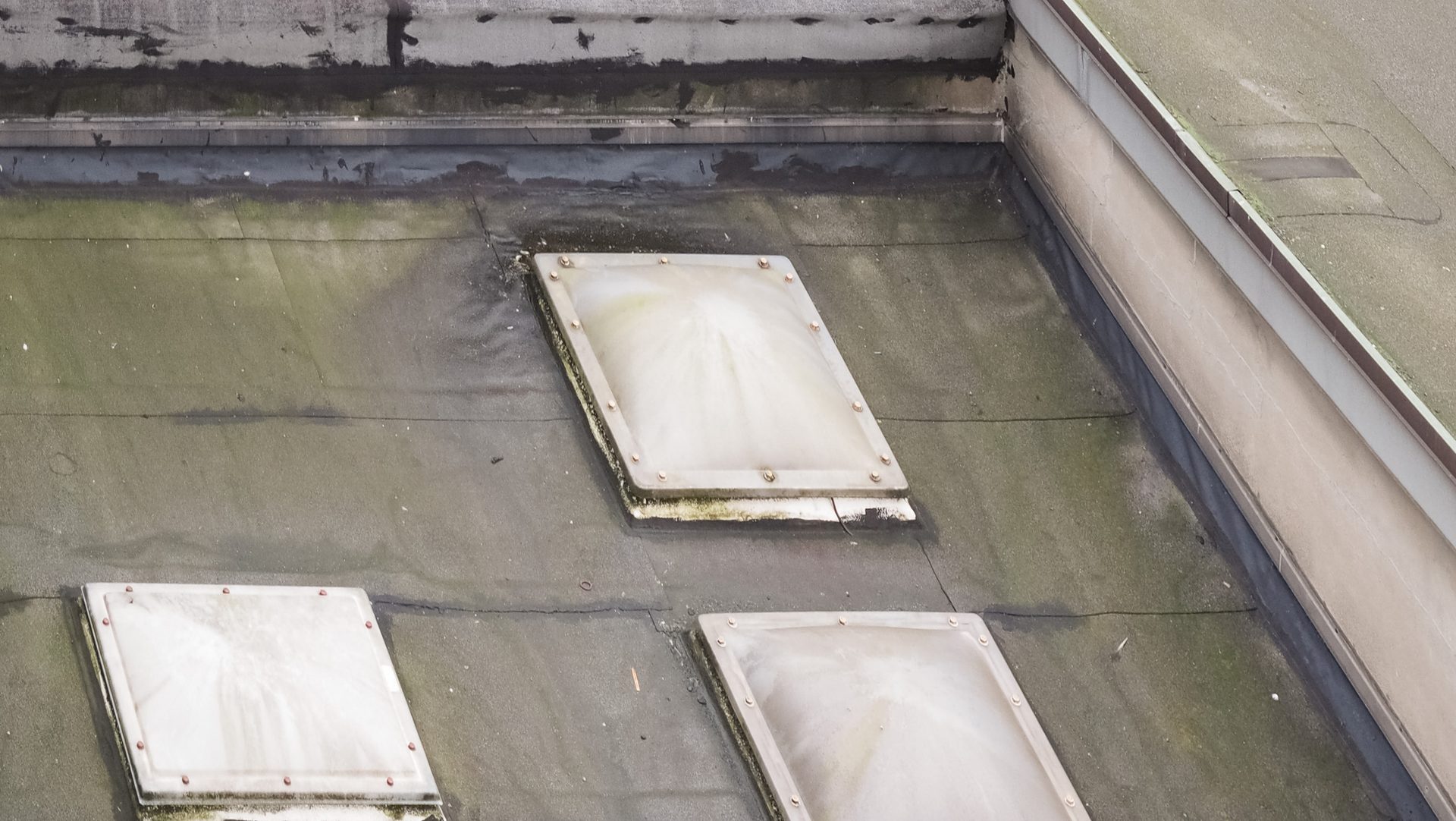
Stop Mold in Its Tracks:
Easy Prevention and Fixes for a Healthy Roof
Noticed dark streaks or green patches on your roof? That’s likely mold, mildew, or algae making themselves at home. While it might not seem like a big deal at first, these growths can actually shorten your roof’s lifespan and lead to costly repairs if ignored.
The good news? You can prevent and fix the problem with a little know-how. Let’s break down why mold and mildew show up, how to get rid of them, and how to keep your roof looking clean and healthy.
Why Does Mold or Mildew Grow on Roofs?
Mold, mildew, and algae love damp, shaded environments. If your roof doesn’t get much sun—especially on the north side—moisture can linger after rain or morning dew. Add a little dirt and organic debris, and you’ve got the perfect environment for growth.
Asphalt shingles, in particular, can be prone to algae because the limestone filler in the material provides a food source.
Is It Just Ugly or Is It a Problem?
While mold and mildew might start as cosmetic issues, they can lead to bigger problems if left unchecked.
- Shingle Damage: Algae and mildew can slowly break down the protective coating on asphalt shingles, making them more vulnerable to weather damage.
- Moisture Retention: Mold holds moisture against your roof, which can lead to rot in the underlying structure.
- Reduced Energy Efficiency: A dark, moldy roof absorbs more heat, making your building hotter in the summer and increasing cooling costs.
How To Get Rid of Mold & Mildew
If you already see mold or mildew, don’t panic. Here’s how to tackle the problem safely:
- Gentle Cleaning: We always recommend reaching out to a professional for any type of roofing maintenance, rather than treating it yourself. A mixture of water and bleach (or a commercial roof cleaner) can remove most growth. Apply it with a pump sprayer, let it sit for 15-20 minutes, then rinse gently with a hose. Avoid pressure washing, as it can damage shingles.
- Zinc or Copper Strips: Installing zinc or copper strips near the roof ridge can help prevent future growth. When rainwater runs over the metal, it releases ions that inhibit algae and mildew.
- Professional Cleaning: If the problem is widespread or you’re uncomfortable working on the roof, it’s worth calling in the pros. They have the right tools and safety gear to get the job done without harming your roof.
Preventing Future Growth
Prevention is easier (and cheaper) than constant cleaning. Here’s how to keep mold and mildew at bay:
- Trim Overhanging Branches: More sun exposure means a drier roof, which mold hates.
- Keep Gutters Clean: Clogged gutters can cause water to back up under shingles, encouraging growth.
- Improve Ventilation: Proper attic ventilation helps moisture escape, keeping your roof drier overall.
- Choose Algae-Resistant Shingles: If you’re replacing your roof, consider shingles with built-in algae resistance.
Don't Let Mold Take Over
Mold and mildew on your roof might start as an eyesore, but they can lead to bigger headaches if ignored. A little maintenance goes a long way in protecting your home and your wallet.
Need help with roof cleaning or repairs? We’re here to make sure your roof stays strong, clean, and mold-free.
